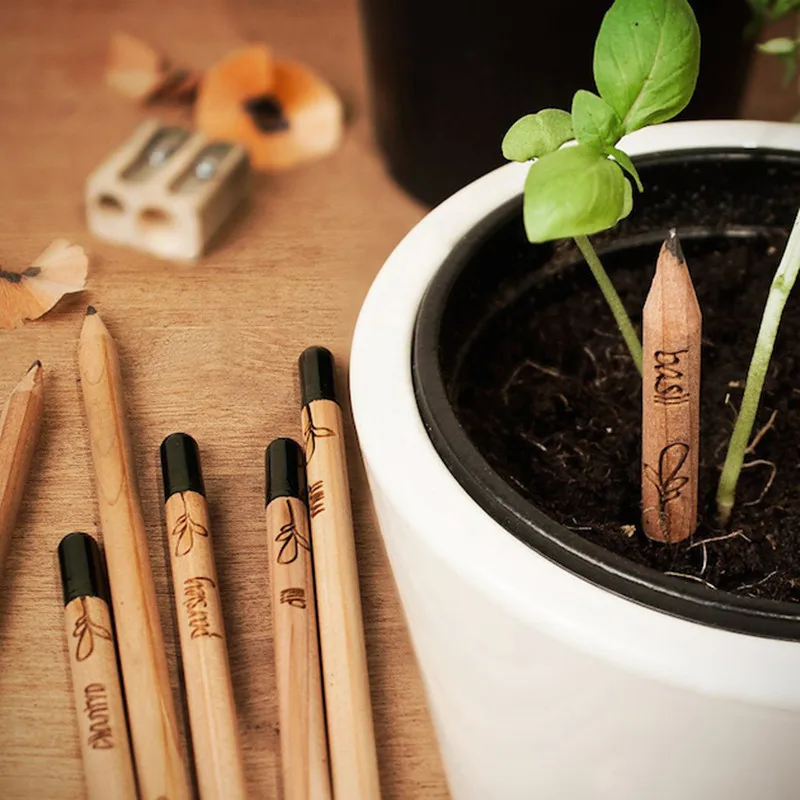The current society values individual
competence and charisma over collaboration or compassion. This is responsible
for spawning a social order that lives by I, me, myself and in the here and
now. There is an urgent need to celebrate and uphold the under-dogs that
make success possible: parents, friends and relatives, babysitters, teachers
and the nameless kind people that comprise the support system.
Two years year back, I became a mother
of a beautiful baby boy. Life as I knew had changed in a big way. Overnight my
priorities had changed. He was at the centre of all my decisions and all I did
from what I ate to when I slept and bathed. It was more challenging than
anything else I had done before, because it was a 24/7 year on year commitment
with no external validation (in the form of income or recognition). Of course
it is satisfying, and brings immense joy, but it is also associated with
isolation and loneliness and sometimes depression.
Earlier, in India, people had multiple
children, it was possible to raise them because there was a joint family, the responsibility
for child rearing was divided, so it did not become overwhelming for the
parents. In today's time of nuclear families raising a child is very
challenging, so much so that many modern day couples are opting not to have
children and those who do have children prefer having only one child. An
African proverb says, "it takes a village to raise a child" is true.
While the main responsibility of raising a child is of the parents;
grandparents, neighbours, other relatives like aunts and uncles also pitch in a
bit. This is important because unlike other animals, human babies remain
dependent on their parents for over a decade before they are able to be left on
their own.
This was a big realization that got me
to write this blog-post and research on famous personalities with the aim of
bringing the role of their support system to the fore.
Indra Nooyi: is an Indian -American business
executive and former chairman/ CEO at Pepsico for 12 years until she stepped down in 2018.
She has been consistently ranked among the world's most powerful women.
When asked if it possible for
women to "have it all", she said, yes, if they have a fantastic
support system: a wonderful husband, a tight knit family and a supportive
work environment. She openly acknowledges that her husband gave up some of his
career advancements to help her transition from Chicago to Connecticut and
assist her with her career graph and look after their two children. She credits
her mother who stayed with them to help out with the house and kids and someone
who always kept her grounded. She speaks proudly of her boss who was okay
with her kids coming to Pepsico after 5 pm and always supported her if she had
to leave briefly for family emergencies.
She talks about "The
Care Crisis" where
she points out that there is an acute care giver shortage for both the elderly
and the young kids. That many millennial women want to get back to work, after
pregnancy and motherhood but cannot until they are given the right kind of
support system. She talks of the need to re-define what a family is, how we
share time with each other to create a more nurturing environment.
https://www.youtube.com/watch?v=AS_THnmaQ7Ihttps://www.youtube.com/watch?v=gclCgrA-Cuc&t=2s
MC
Mary Kom: is an Indian Olympic boxer who hails from rural
Manipur. She is the only woman to become World
Amateur Boxing champion for a record six times, the only woman boxer to have
won a medal in each one of the first seven World Championships, and the only
boxer (male or female) to win eight World Championship medals. She has set a
new standard in amateur boxing without ever competing in professional
boxing! She has been awarded a Padma Shri, Padma Bhushan and Padma Vibhushan
for sports.
Born in a rural family, Mary's dedication and grit helped her overcome a lot of hardships. In 2005, Mary Kom got married to the footballer Karung Onkholer (Onler), they have three sons. While she got her first world championship before being a mother most of her 5 other championships are all after being married and having kids.
In an interview in 2017 she is seen crediting her husband and parents
and parent in laws for what she has achieved. Her husband said simply,
"She has patience and talent, as long as she is ready to box and I am
ready to support. Marriage
is not about having good food and going on holidays, it is about co-operation,
love and openness towards each other." Their children are with him 80% of the
time while she trains and has to go on tours." Onler
has also been the brains behind starting a Mary Kom regional boxing foundation
which aims to create a centre of excellence to produce the best
boxing champions for India free of charge.
https://www.youtube.com/watch?v=gclCgrA-Cuc&t=2s
Jacinda
Ardens: is the current Prime minister of New Zealand. She is the
youngest head of state in the world. She has been praised for her management
and leadership of Covid-19 crisis, which was one of the most efficient in the world. She
was also praised for her empathetic yet firm stance during the Christchurch
mosque shooting. She got a legislation passed by
the New Zealand parliament a month after the terror attack to
restrict semi-automatic firearms and magazines and provide an amnesty and buyback of such
weapons. She gave birth while in office, returned to work 6 weeks after and traveled with
her 3 month old daughter Neve and partner Clarke Gayford to attend the UN
general assembly!
She has an extremely supportive partner who is a stay at home father and has
willingly and in a very non-fussy, matter-of- fact way put his media career on
hold to do the more important work of looking after their daughter and support
her partner to run their country! Although he is not the first stay at home dad
he definitely is a bell-weather of stay at home dads :)
Barrack Obama was the first African- American president and
the 44th US President who served from 2009-2017. He has been one of the
most popular head of states in recent times. He has often credited his
wife, Michelle for his success. In his final address in January 2017, he had
said, "Michelle, for the past 25 years you have not only been my wife and
mother of my children, you have been my best friend. You made the White House a
place that belongs to everyone." When Oparah Winfrey asked President Obama
as to what keeps him sane, well balanced and allows him to deal with pressure,
he pointed to his wife and said,' not only has she been a great first lady, she
is just my rock. I count on her in so many ways every single day. Obviously I
couldn't have done anything without Michelle."
Michelle Obama had graduated from Harvard Law School. She had been
the primary bread winner for their household before Barrack Obama ran for
President and she stepped down to help him in his campaign and later did an
impeccable job as the first African-American first lady!
He set a great example in being verbal of his appreciation of
Michelle, I think we all need to take a cue from this and do likewise.
There are countless examples of spouses and parents going out of their way to support their families. While they do their bit, let us do our duty of being appreciative of them, remind them of their importance in our lives through small kindly gestures and giving them our time: for even the strongest amongst us could use a hug. We should also make it a point to raise our children to understand the importance of service and give them enough opportunities to help around the house and the community. We should bring up children to value ‘empathy’. The video here tells us how…
https://www.youtube.com/watch?v=BG46IwVfSu8
In the end I conclude by the quote from Matthew Kelly, "No man becomes great on his own. No woman
becomes great on her own. The people around them help to make them great.
We all need people in our
lives who raise our standards, remind us of our essential purpose, and
challenge us to become the best version of ourselves."
Related videos:























